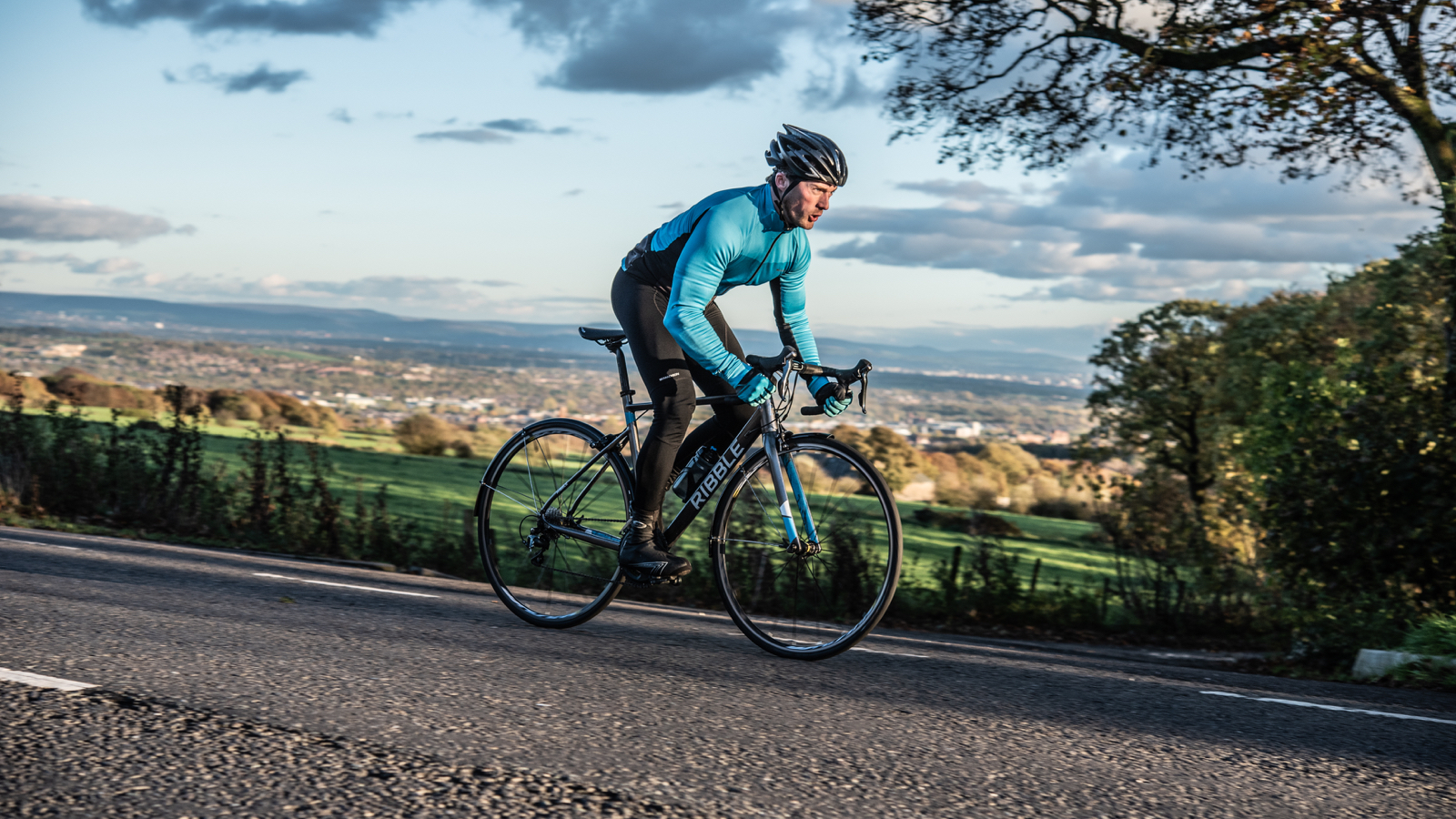

With the recent announcement of Better Health, a UK government-backed program to reduce obesity rates in the population, you can expect bicycles to be even less available than before, and they were already on short supply as is. If you want to buy a new bike nevertheless, you might as well do it through the cycle to work scheme and save £££ in the process.
The cycle to work scheme is nothing new, the programme has been around for almost a decade, although there have been some changes since its creation; most notably the removal of the maximum amount you could spend on a bike: this used to be capped at £1,000, unlike now when there is no upper limit.
But how does the cycle to scheme work? Doing your own research online can quickly become overwhelming as both official sources and cycle to work scheme providers tend to keep descriptions ambiguous. It feels like all parties involved are intentionally keeping information vague and confusing, but if you are willing to rewatch explanation videos a hundred times over – like we did – you can make some sense of the subject, eventually.
Ready to buy your next road bike, ebike or gravel bike? Want to update your cycling helmet, cycling shoes or bike lock? Read on to find out how the cycle to work scheme works, how much you can save with it and does it all worth the hassle?
- Buy bikes online: the best bike deals available now with home delivery on road bikes, ebikes and more
- Best road bike under £1000: get really serious performance at a seriously low price
- Best road bike under £500: the best cheap road bike for beginners

How does the cycle to work scheme work
Through the cycle to work scheme, you can get bicycles, cycling accessories and clothing for a discounted price. Your employer must sign up first for one of the many schemes available and provide you with a code which you can use at selected retailers. Here is the list of the most popular cycle to work scheme providers:
The way the scheme works is rather complex to understand and it can take a lot of effort to learn the ins and outs of the programme – it's essentially a legal, government-sanctioned tax avoidance scheme, yet it's been made so convoluted that it feels more like an illegal tax evasion scheme.
• Cycle to work explainer at Evans Cycles
Get all the latest news, reviews, deals and buying guides on gorgeous tech, home and active products from the T3 experts
However, when you boil cycle to work down to essentials, you spread the cost of buying your chosen bike and accessories over a year, interest free, and also save a load of money in the process.
• Cycle to work explainer at Wiggle
Cycle to work is a 'salary sacrifice' employee benefit, meaning the 12 monthly instalments are taken off your gross salary, saving you and your employer money, as no tax is paid. Due to tax allowances etc, this is horrifically complex to put an exact figure on, but let's just say most standard rate payers will save a lot and higher rate tax payers will save even more.
• Cycle to work explainer at Halfords
Under the most advantageous use of this system, after 4 years you pay 7% of the original purchase price of the bike – or 3% if the bike was under £500 – in order to own it 'properly'. Up until then you are technically just hiring it.
• Get more info on the cycle to work scheme
In a nutshell: quite complicated, but well worth doing.

What's the maximum limit you can spend with cycle to work?
The maximum amount you can spend through cycle to work schemes used to be capped at £1,000 but now you can buy a bike of any price. Although there is no upper limit, you can't just go on a crazy spending spree and blow your annual salary on a top of the range Pinarello: your employer will need to approve your cycle to work scheme request first and provide you with a voucher that you can use at retailers.
Here is a list of the top Cycle to work scheme providers:
What can you buy through cycle to work schemes
Bicycles, obviously, but also cycling accessories, like bicycle front lights and bike rear lights, and apparel (e.g cycling bags and cycling sunglasses) too, as long as the lot can be bought through a retailer that is included in the chosen cycle to work scheme provider's supported retailer list. Fear not, however, since there are literal thousands of retailers involved with cycle to work, from small local shops to big players like Evans Cycles, Wiggle and more.
Most of the cycle to work scheme providers have search tools to check where you can spend your money, here are the quick links:
- Cyclescheme retailer finder
- Bike2Work partner shops
- Cycle2Work store locator
- Green Commute Initiative find a shop
What happens if you leave the company before the end of the 4-year period
It is not an issue to leave a company after the initial Hire Period – when you pay the instalments and the deposit – has ended. Better still, after the Hire Period, you can start another cycle to work scheme and keep on doing it perpetually to your heart content.
If you happen to make redundant before the end of the Hire Period, there is still a way to keep the bike. According to the Cyclescheme website, "if you leave employment or are made redundant during the Hire Period, any outstanding salary sacrifice repayments will be taken from your final salary, from NET rather than GROSS pay i.e. without any further tax exemptions".
Basically, you will not get the bike for as cheap as if you finished paying the instalments until the end of the Hire Period, but savings made up until that point will not go to waste.

Matt Kollat is a journalist and content creator who works for T3.com and its magazine counterpart as an Active Editor. His areas of expertise include wearables, drones, fitness equipment, nutrition and outdoor gear. He joined T3 in 2019. His byline appears in several publications, including Techradar and Fit&Well, and more. Matt also collaborated with other content creators (e.g. Garage Gym Reviews) and judged many awards, such as the European Specialist Sports Nutrition Alliance's ESSNawards. When he isn't working out, running or cycling, you'll find him roaming the countryside and trying out new podcasting and content creation equipment.